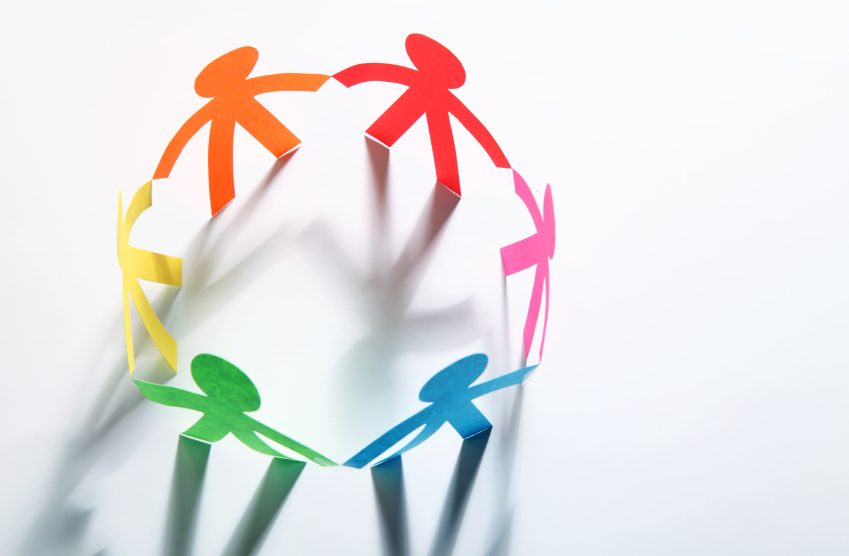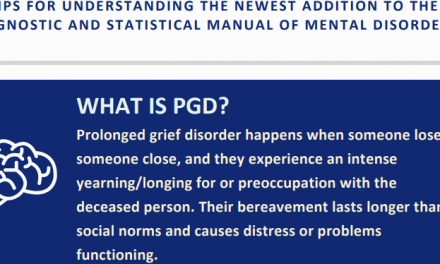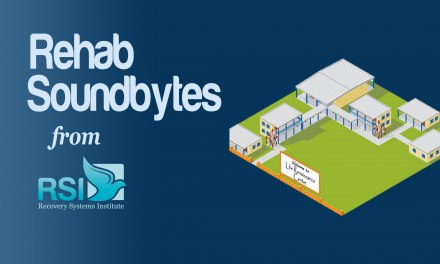Warning: Undefined variable $serie in /home/domains/treatmentandrecoverysystems.com/docs/wp-content/plugins/wp-series-manager/wp-series-manager.php on line 264
Stronger Together: Addiction Group Treatment
Groups are the dominant mode of treatment in many addiction programs, but they don’t always live up to their potential as powerful recovery tools. Reviewing some of the addiction-focused techniques in this article series can give clinicians the power to boost group effectiveness in many treatment settings.
Part Three: Group Vocabulary – 2
Not everyone attaches the same meaning to a particular term. By working hard to define terms, we can minimize confusion and make group design and facilitation more effective. We start with a vocabulary of group process, to share with everyone involved. This is part two.
Values
A group’s values are revealed in the choices the group makes about the relative importance of certain behaviors. For example, a group will decide between:
- Filling the allotted time with discussion being more important than the quality of that discussion (“we’ve been here for an hour, so we’re finished.”)
- Depending on a designated leader to keep the discussion going, versus wanting various members to take a leadership role.
- Accomplishing specific goals versus socializing with other members.
The group’s values affect the group’s development. A group that values socializing for the members will invariably be less focused than one that emphasizes staying on topic or completing a goal. A group that prioritizes the importance of a designated facilitator will likely defer decisions to that facilitator rather than taking on responsibility themselves.
Modes
The group’s mode is a description of its current activity. Are they arguing with the leader? Sitting silently? Working diligently on a problem? Discussing the weather? Group modes generally fall into four categories. We call them helpless, hostile, hopeful expectation, and work. We’ll return to define each of those later.
Status
Who has authority within the group? The leader alone, or others in turn? That’s a reflection of status. Newly formed groups often bestow status based on external factors such as training or credential – in practice, that means the designated leader may be the only one the group will allow to make certain decisions. Conversely, a group may at some point become angry with or resistant to a designated leader, and express that by bonding around the leader’s most vocal or persistent critics.
Traditions
Groups develop traditions in order to unify the membership or simplify certain processes. A tradition may be designed to facilitate decision-making, or to ensure that meetings occur consistently despite changes in the membership. AA meetings are a good example of groups that rely on traditions as a way of governing important aspects of function over the course of years or even decades. Traditions may be written (as in the case of AA), or unwritten. In some instances, unwritten tradition may actually be the key to understanding how the group works.
Culture
Like societies, groups tend to establish a culture of attitudes and beliefs. Members whose behavior fails to meet cultural expectations may find themselves in conflict with other members, sometimes to the point of being ostracized. .
Groups ordinarily allow their members to indulge to some degree in atypical behavior. But there are limits. For example, in a group that has bonded around abstinence from alcohol and drugs will tend to exclude someone who doesn’t subscribe to that requirement.
Where AA influences alcoholics toward sobriety through its peer culture, the gang down at the local pub is likely to encourage them to drink through its version of a peer culture.
Work
This is what should be happening in a treatment group. It’s the mode that’s most likely to advance the goals of treatment.
More on that in the next installment.














Group Theory and Process is definately a common approach in profession and self help techniques. Some places will carry a revolving group approach with residential and outpatient. If individual sessions clarify what is going on mid sequence of why a new member, first day in the group would be hearing about step 6, etc.. A good group leader can be a member of the group, but keep a presentable topic specific to a session. Some recieve 10 group sessions and some recieve upwards of 150+ within 90 days.
Teaching function of a successful group is important, but not necessarily the group statement and goals. A lot of group exercizes are translatable to addiction topics though.
The expectations of the group participants is important. Having a routine beginning and end is something I am facilitating. Briefly going over norms of the group, goal topic discussion, and introductions/participant update. This is where some start with long and drawn out explanations of “issues” and making the role of facilitator important; the task of empathy and moving forward to topic at hard. this is where I struggle.
Totally agree with the group concept in recovery. Simply easier to start a conversation with someone with a similar bothersome history or ongoing issue. If one has to start all over and talk about what is bothering them, you face judgment and can fear their stigma and fear losing them as a friend. THinking they may disappear from your life. The person trying to get help and hoping or expecting to change for the better will always be thought of as the person they used to be. So that being said groups in a safe place with people having similar struggles i agree are an essential aid to wellness.